Media Violence can be defined as aggression displayed on-screen towards character/s, which has the potential to cause harm in some form. This could be either physical aggression that is commonly portrayed or relational aggression that involves harsh communication between characters. Movies and soap operas often portray violence to the extent that it has become anticipated.
We are Feeding Our Child
Everyday when an adult is watching television, it has great impact on our lives. Just imagine how much a child mind has imapct if he watches that television 2-3 hours daily. As children they don’t have knowledge about the world, they consider that what they are seeing on media is reality. They think that is real world. You might notice that after your child after seeing the cartoon full of fights and unrealistic things, he/she start taking like that character. Also fights like him, and show stunts on their younger siblings as well. Although 60% of television shows watched by children contain violence, 40% of it had high levels of violence. The child being an active participant in the video games, and the violence accounting for 94%in it, could have more impact on their behavior
Relationship between Media And Violence
Media has the potential to influence masses. When contents, such as body shaming, glorification of fair skin, slim body as a sign of beauty, treating women badly, harassing the women, treating poor badly, treating servants like slaves, treating black people as they are low humans, hype related to sexual acts and stalking, are not portrayed in a responsible manner, it can lead todangerous implications among public. Moreover, violence in the media is an area that needs a lot of attention.
Watching aggression on screen can increase the chances of aggression in real life. We may not always be aware of how this process occurs. This is due to priming, a subconscious tendency to be affected by stimuli that was watched previously. Children and adults who watch violence in media are likely to experience more aggressive thoughts and engage in more violent behavior.
Multiple studies show the tendency to be aggressive immediately after consuming a form of media with aggression. This could be while playing a sport, watching the aggressive content, or in experiments in the form of administering more severe punishments. The negative effects of media violence also include hostile attribution bias or a tendency to look at vague and ambiguous situations as hostile in nature.
Types of Media Violence
Media violence has been classified based on its nature as
- The reality of violence: When the fights show that is realistic, the chances for imitation increase.
- Rewarding violence: When the hero or enemy goes unpunished for engaging in aggression, it is a kind of reinforcement for such acts.
- Aggressive role models: An actor being the role model engages in aggression, it can lead to an increased chance of mimicry.
- The extent of violence: High exposure to violence can lead to emotional numbing and desensitization.
- Violent connection to character: When a child, especially, connects to the violent thoughts or behavior of a character, this increases the chances of the child copying their behavior.
- Justification for violence: Justified violence is likely to encourage aggressive tendencies.
Effect of Media Violence on Child’s Mental Health
- Impaired Attention of a child on different tasks.
- Child engages in social isolation that tends to engage him/her in anti social acts.
- Desensitization of aggression when continuous watching agression child doesn’t bothered by aggression in real life.
- Increase frequency of nightmares
- Perceived world as dangerous society as they think world is always engaing in some kind of violence and murders.
- Poor social adjustment.
- Increased suicidal behavior.
- Unable to leave their gadgets alone, they got anxious while leaving their gadgets at home when going outside.
How to Break Cycle
- Limit Media Time: Parents can do interventions on their own by limiting the media time of their children. Set the time, in a day where they can watch media, play video games.
- Keep an eye on content: Parents need to check what their child are watching and playing. They need to check on the content their child is watching. There should be television on a room where you visit more often not in the room of your child. Keep laptop and other gadgets in your house where you visit more often. Also change setting of gadgets to child mode, many apps have child setting that also limit the search. Ask child to not use earbuds or haedphones to watch content.
- Explain the Consequences: Give your child media literacy, that is very important for them to understand that all the things that he/she sees are not true, they exagerrate things and glorify the things on media. In order to get ratings from viewers media exaggerate the content. All the things they have seen on video games that are nor real, there is no such kind of violence and manipulation in real world. Although the violence exists but not to this extent what they have seen on media.
- Teach your Child to Resolve Conflict in a healthy Way: Tell your child when yu encounter any conflict their is always a way to resolve it without violence and fights. Practice your child to resolve their conflicts with friends, family and siblings in a healthy way not by shouting, fighting etc.
- Use Healthy Alternatives: Keep your chil busy so that they can’t engage in playing video games, and watching media, instead engage them in some kind of indoor activities like arts and craft, board games, magic tricks, origamis. Outdoors activities like play catch, pickup a paddle, swing a racquet, plant a garden, playing cricket and football and so many other indoor and outdoor activities which your child can engage in.
- Reject Peer Pressure: If your child think he will be left alone in friend who don’t play video games together with friends that ask child to play those games that he can involve their friends in it, that doesn’t involve screen time.
Conclusion
As the article highlights the impact of media on child behavior, with increase exposure to media and video games children engages in acts of violence and fights. Every other house their is a child whose is addicted to video games and media that has great impact on child’s mental health. Parents can use precautionary measures to prevent harmful effects of media. The amount of time children watch TV, regardless of content, should be moderated because it decreases time spent on more beneficial activities such as reading, playing with friends, and developing hobbies. If parents have serious difficulties setting limits, or have ongoing concerns about their child’s behavior, they should contact a child and adolescent psychiatrist or a mental health provider for consultation and assistance.
References
- Media Violence Effects on Children, Adolescents and Young Adults -(https://www.chausa.org/publications/health-progress/article/july-august-2016/media-violence-effects-on-children-adolescents-and-young-adults)
- The Impact of Electronic Media Violence: Scientific Theory and Research -(https://www.ncbi.nlm.nih.gov/pmc/articles/PMC2704015/#:~:text=Most%20researchers%20define%20media%20violence,human%2Dlike%20character%20against%20another.)
- The Relationship Between Media Violence and Aggressive Thoughts -(https://sites.psu.edu/aspsy/2018/03/18/the-relationship-between-media-violence-and-aggressive-thoughts/)
- Six Kinds of Screen Violence – And How Children Respond -(https://www.medialit.org/reading-room/six-kinds-screen-violence-and-how-children-respond)
- Media and mental health -(https://www.ncbi.nlm.nih.gov/pmc/articles/PMC6198586/)

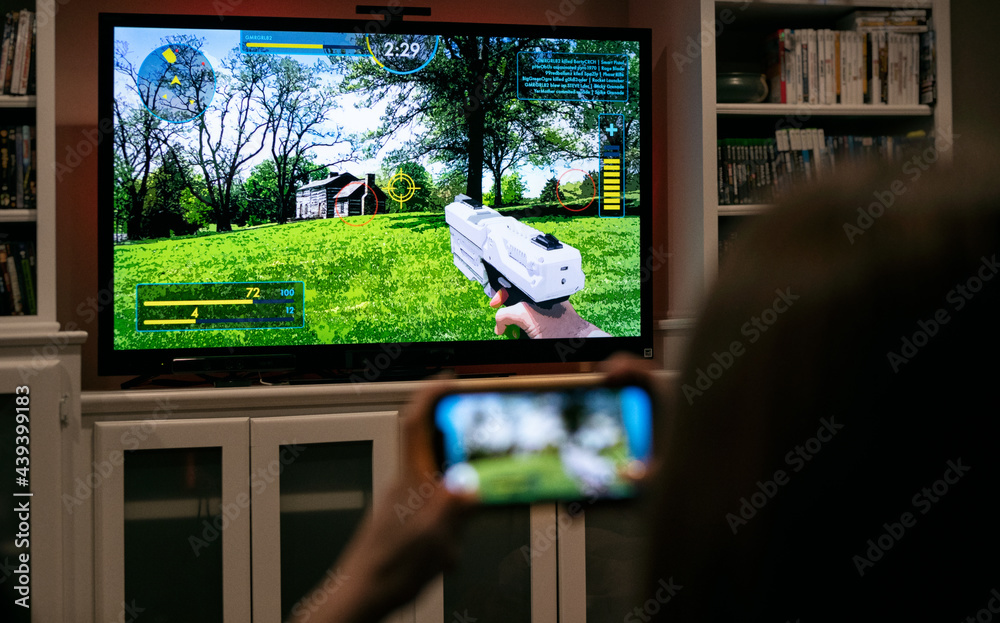
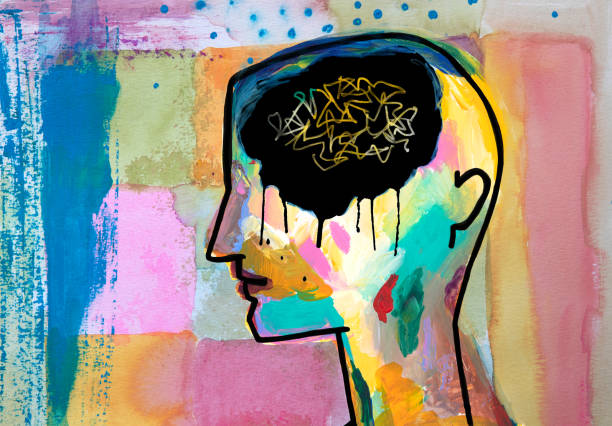
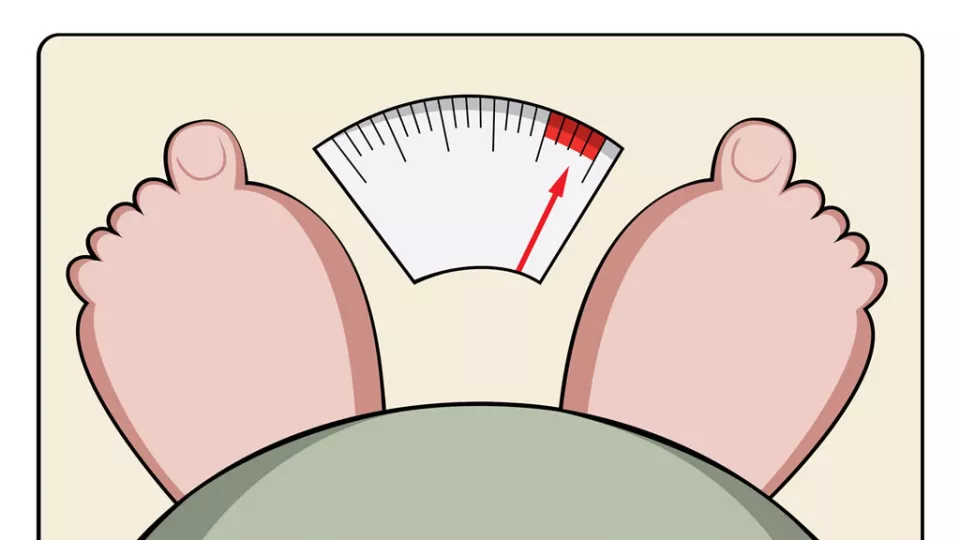
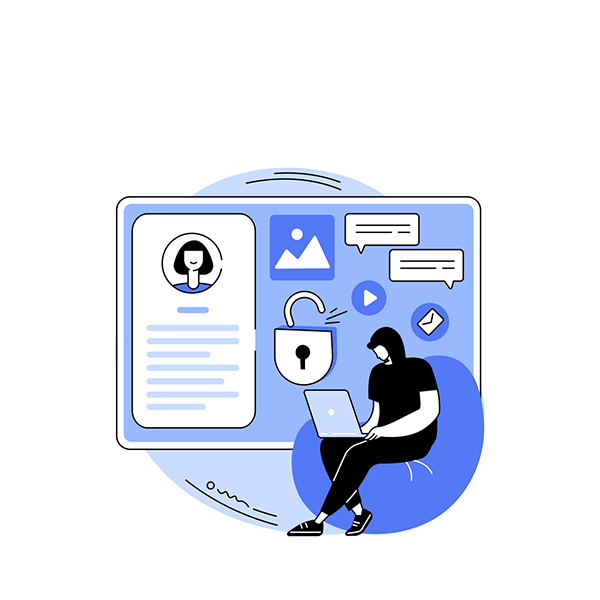




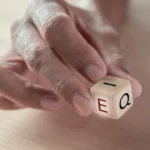
MaShaAllah great article ??